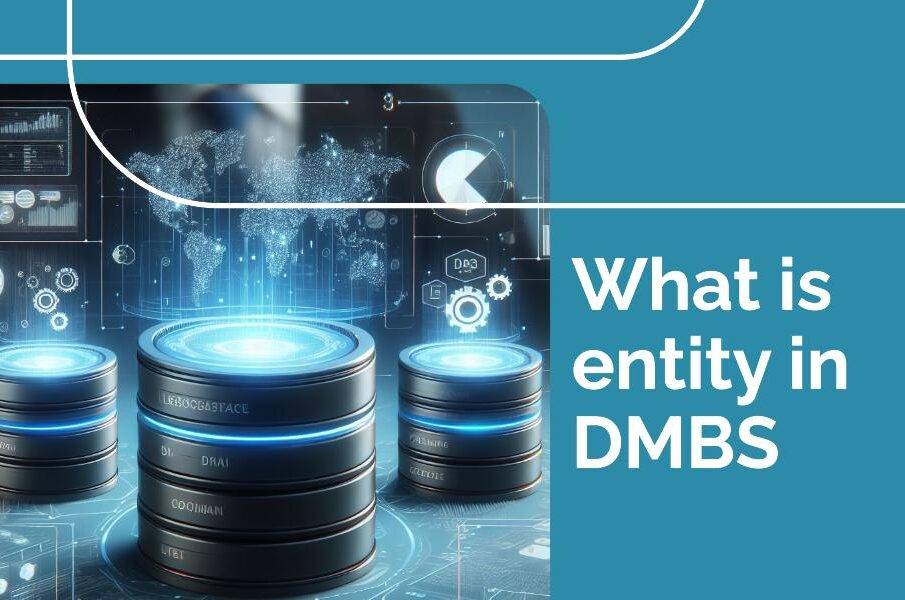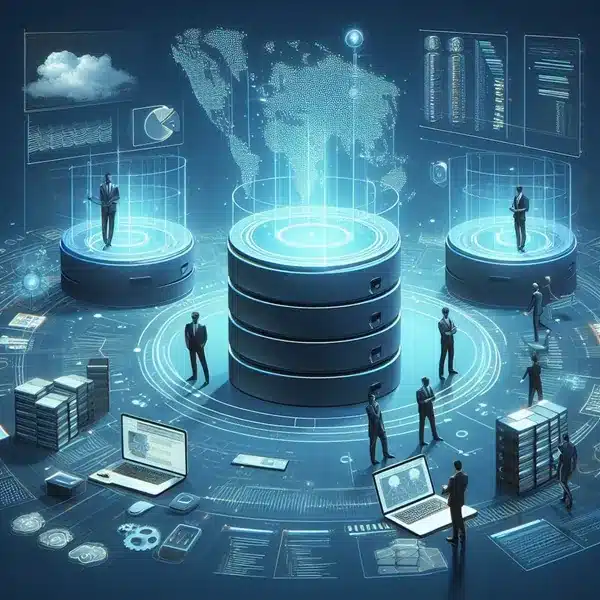What is entity in dbms: Understanding Entities in Database Management Systems

Database Management Systems (DBMS) are the backbone of modern software applications, providing an efficient and secure way to store, retrieve, and manipulate data. At the heart of any DBMS lies the concept of an “entity,” a fundamental element that plays a crucial role in organizing data in databases. This blog explores the concept of entities in DBMS, their importance, and how they interact with other components within a database. What is entity in dbms? Read on to know..
What is entity in dbms?
An entity in a Database Management System represents a real-world object or concept that can be distinctly identified. This could be a physical object like a book or a car, an individual such as a customer or employee, or an abstract concept like a transaction or an event. Entities are the building blocks of a database, each serving as a container for data that relates to a specific item or concept.
What is entity in dbms? Characteristics of Entities

Uniqueness: Every entity must be uniquely identifiable. This is often achieved through the use of a primary key, a specific attribute (or combination of attributes) that uniquely identifies each record within an entity.
Attributes: Entities are characterized by their attributes, which are the properties or details that describe them. For example, an employee entity may have attributes such as EmployeeID, Name, Position, and Department.
Exist Independently: Entities typically exist independently of other entities. Their existence does not depend on the presence of other entities in the database.
Types of Entities
1. Strong (Regular) Entities: These are entities that can exist in the database independently of any other entity. They have a primary key.
2. Weak Entities: These entities cannot be uniquely identified by their attributes alone and depend on a strong entity for their identification. They are associated with a strong entity through a foreign key.
3. Associative (Composite) Entities: These entities are used to represent relationships between two or more entities. They often contain attributes that provide information about the relationship.
Why are Entities Important?

Entities are crucial in DBMS for several reasons:
Data Organization: They help in organizing data in a structured manner, making it easier to manage, access, and update.
Relationship Mapping: By defining entities and their relationships, databases can accurately model real-world scenarios, making the data meaningful and useful for various applications.
Data Integrity: Entities, through their unique identifiers and relationships, ensure the integrity of the data stored in a database. They help prevent data duplication and inconsistencies.
Entity Relationships
Entities interact with each other through relationships. These relationships help define how entities are connected and interact within the database. There are several types of relationships:
One-to-One: Where a single instance of an entity is related to a single instance of another entity.
One-to-Many: Where a single instance of an entity is related to multiple instances of another entity.
Many-to-Many: Where multiple instances of an entity are related to multiple instances of another entity.
Conclusion
Entities are a cornerstone of database management systems, providing a framework for organizing and managing data efficiently. By understanding entities and their relationships, database designers and developers can create robust databases that accurately reflect real-world scenarios and support complex data retrieval and manipulation tasks. As DBMS technology evolves, the concept of entities remains central, adapting to new paradigms and technologies to meet the demands of modern data-driven applications.








